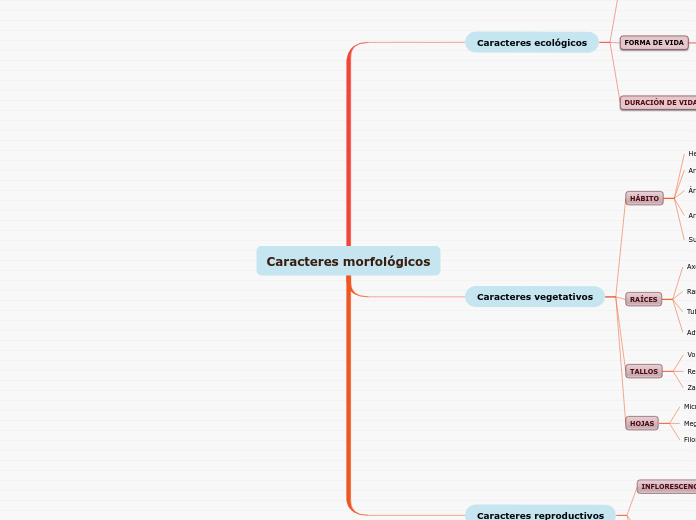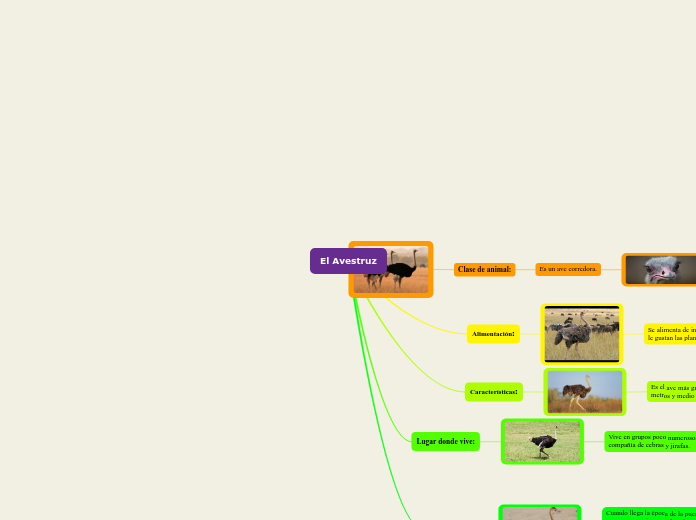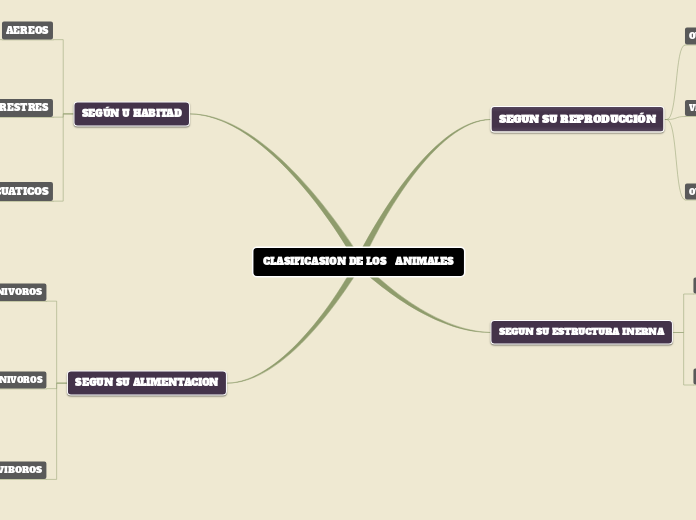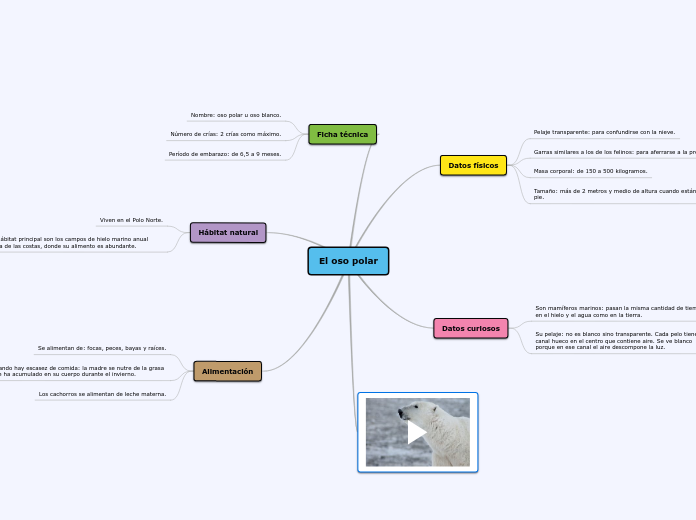Caracteres morfológicos
To name your story, you have to think about the overall message and what you want your audience to understand from the story. Also, make it relevant and easy to remember.
Caracteres reproductivos
The ending of a story is essential. We all know that if the ending is weak, what happened before loses its importance. So make it unpredictable, but fair. A resolved ending answers all the questions and ties up any loose threads from the plot.
SEMILLAS
Son los embriones maduros y latentes rodeados o no por tejido de reserva y están presentes tanto en las angiospermas como gimnospermas.
FLORES
This is the closure section of the story.
See examples of possible outcomes below:
- all problems have been solved
- it's clear how each one of your characters ends up
- your main character is transformed by the challenge
Son estructuras especializadas únicamente presente en las angiospermas.
Try answering these questions to come up with a closure:
- Have all the problems been solved?
- Is there a clear picture of what happens with each character in the story?
- Has the challenge transformed your main character?
- How do the characters feel in the end?
INFLORESCENCIAS
This is the moment when the main character surpasses the last obstacle and finally faces their greatest challenge.
The climax usually follows one of these patterns:
- realization
- resolution
- choice
Type in your answer.
Determinadas
El eje principal florece primero, por lo que la o las siguientes ramificaciones de las flores nacen lateralmente de manera simpodial.
Indeterminadas
El eje terminal es más joven, siempre continua creciendo de manera monopodial.
Caracteres vegetativos
The middle of the story is where you add layers of complications that will lead to the end. Reveal more about the character's journey. Did their personality go through changes? How did they overcome the challenges? And as you build up the story’s central conflict, make it more personal to that character. Also, from the middle act, you have to lead into the final act.
HOJAS
Filomas (todo tipo de hoja).
Megáfilas (helechos).
Microfilas (licopodios y selaginellas).
TALLOS
There wouldn't be any tension and excitement in your story if there weren't any obstacles in your character's way.
Zarcillos o tendrilos.
Rectos.
Volubles y trepadores.
RAÍCES
Your character(s) need(s) motivation in order to solve the challenge(s).
Adventicia
Nacen a partir de los nudos del tallo y generalmente son aéreas.
Tuberosa
Secondary characters also might have motivs beacuse of which they may cross path with main character or which might trigger them to help the main character.
Cuando presenta tubérculos radicales.
Ramificada
Secondary characters might also have motives that lead them to cross paths with the main character or which might trigger them to help the main character.
Raíz que detiene el crecimiento y pronto se ramifica en raíces secundarias y terciarias.
Axonomorfa
Why does your character need to confront this challenge? What does he/she expect to accomplish by solving it?
See a few examples:
- will marry in 3 days
- can fix the mistakes of the past
Tiene un eje principal predominante y ejes secundarios poco desarrollados.
HÁBITO
Each story has a main character and that character usually needs to solve a problem or challenge. The character's challenge is the one that creates tension throughout the story.
Subarbustos
Son plantas con hábito intermedio entre hierbas y arbustos.
Arbolitos
Tronco bien definido de no más de 10cm de diámetro y no llegan más de 6m de altura.
Árboles
Presentan un tronco bien definido.
Arbustos
Type in any other challenges which other characters in the story need to face.
Presentan tejido leñoso.
Herbáceas
In most stories, there are 3 challenges. The number 3 is a mystical number symbolizing completeness. Try to come up with interesting challenges with which your character needs to struggle.
See a few examples below:
- turns into a werewolf at night
- is sent back in time
No presentan tejido leñoso.
Caracteres ecológicos
In the beginning of the story (or the exposition), you will need to introduce the setting and characters. You might also want to introduce the main conflict. This part of the story is important because it gives the reader necessary background information and maybe even a first insight into a character’s personality.
DURACIÓN DE VIDA
The setting (time & place) of a story can change throughout the plot.
ciclo de las plantas
Perennes
Duran más de dos años.
Bianuales
Duran dos años.
Anuales
Son las que duran un año.
FORMA DE VIDA
Organismos heterótrofos
Organismo que no puede producir su propio alimento.
Organismos autótrofos
Producen su propio alimento.
HÁBITAT
Characters are essential to a good story. Usually, the protagonist(s) is/are the most affected by the plot. Introduce a character by focusing on their actions, interests, and occupation, as the physical appearance doesn't make a difference in most cases.
pueden ser
Type in the name of your character.
Epífitas
Litófitas
What is your character's main goal?
fight Evilfind lovedefeat his/her enemyrule the worldmake friendstime travelmake an awesome discoveryOther
Acuático
Which traits best describe the character's personality? Choose more if necessary:
introvertedloyalkindindependentquick-thinkingadventuresomeidealisticsweet-naturedcalmrisk-takercreativewittystrictfussyweirdclumsyharshaggressivecarelessclingingcowardlycrueldeceitfulimpulsiveOther
Terrestre
Choose the type of your chacter:
Protagonist (main character)Antagonist (main character's opponent)Flat (stereotypical character)Round (his/ her personality develops throughout the story)Static (doesn't evolve as a person throughout the story)Dynamic (dramatical change in personality)Confidant (the main character trusts him/ her)Foil (contrasting character who enhances the personality of another character)Other










